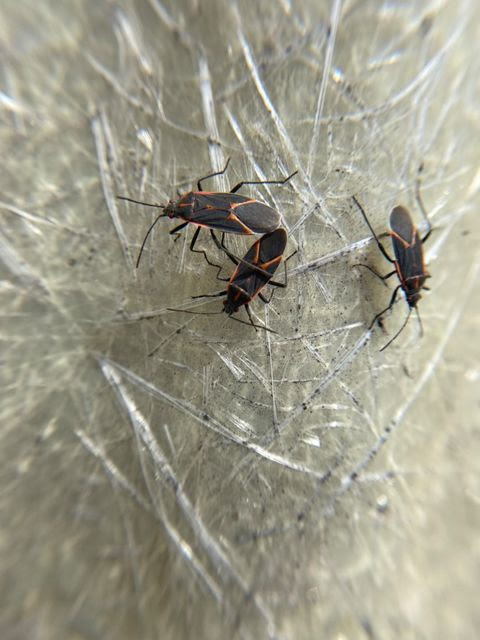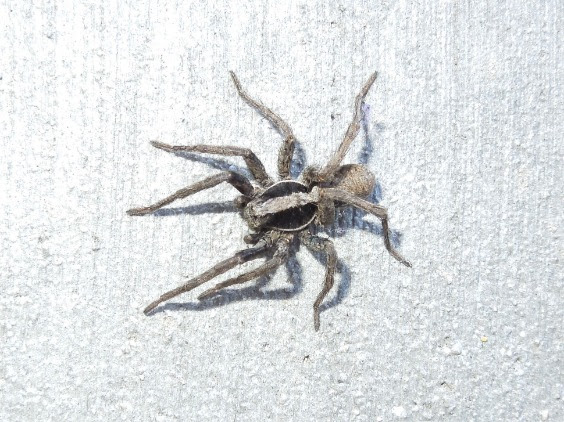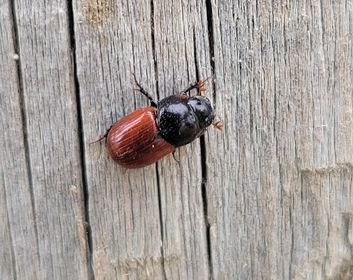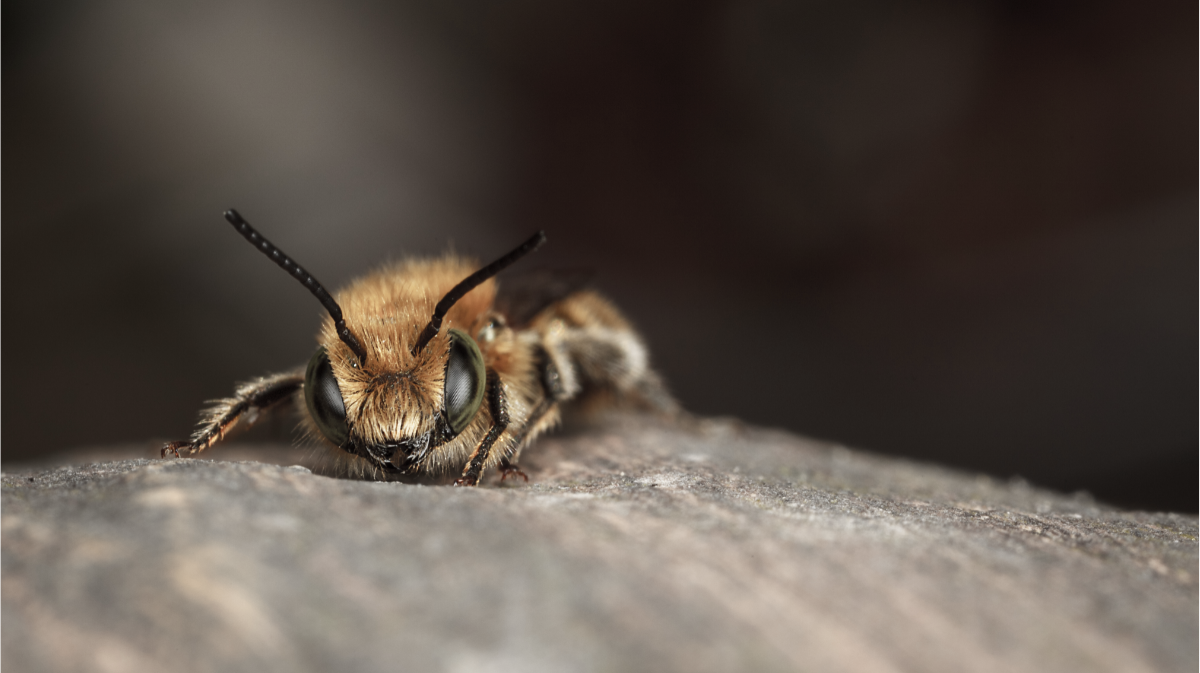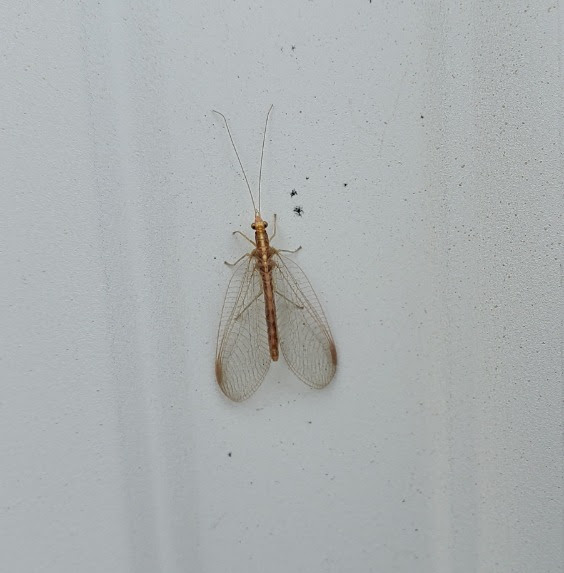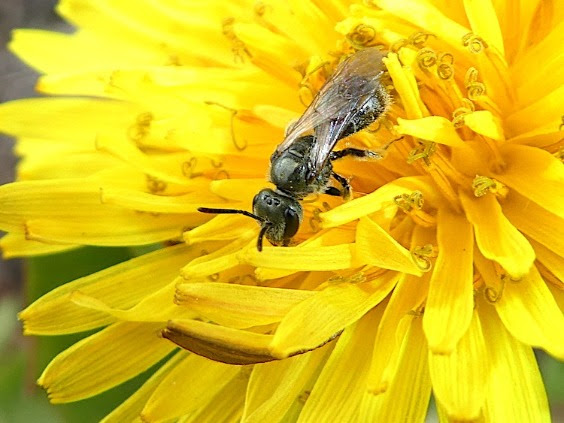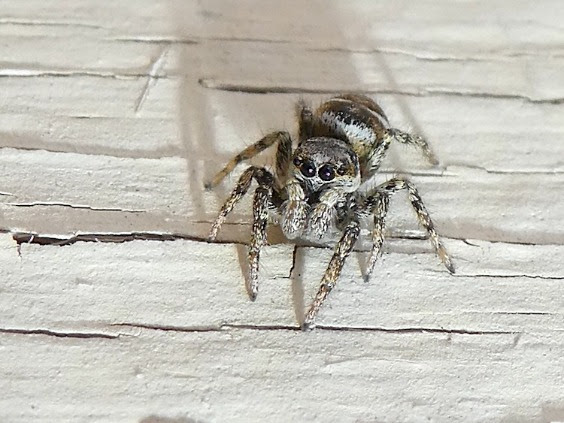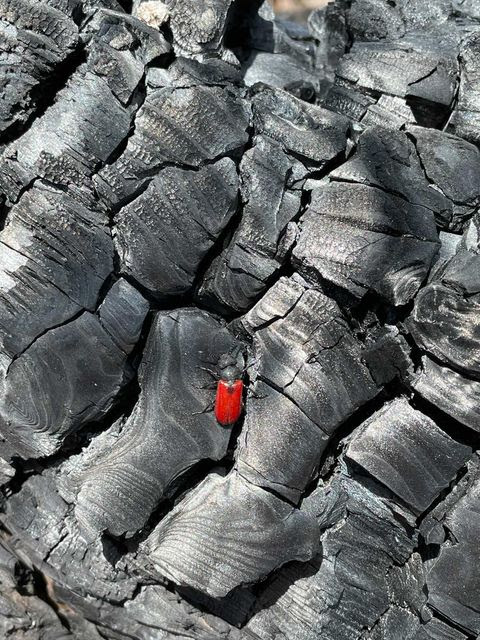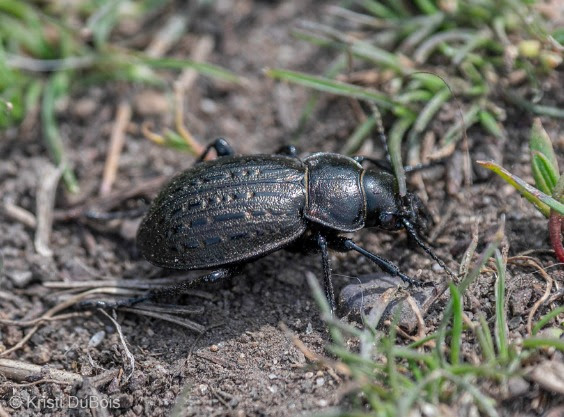These insects primarily feed on the leaves and seeds of box-elder, maple, and ash trees, using their long “beak” to suck the juices. Western Box Elders are “true bugs” –members […]
Read MoreWhat’s Buzzin’
What can you see around Western Montana right now?
Forest Wolf Spider (Hogna frondicola)
Some of the largest spiders encountered in Montana are wolf spiders (family Lycosidae). Most live on the ground and hunt for their prey at night. Long legs adapted for running, along […]
Read MoreEuropean Dung Beetle (Aphodius fimetarius)
While only about .25 inches in length, you should be thanking this and other dung beetle species for their tireless work. Although this particular species is a non-native from Eurasia, […]
Read MoreNotes from the Lab: Giving Back to Pollinators
Welcome back to the Lab! We hope that you enjoy this week’s Notes from the Lab. Before we jump in… Missoula Gives, a 26-hour online giving campaign, starts at 5:00PM […]
Read MoreGreen Lacewing (family Chrysopidae)
While these beautiful and delicate looking insects are harmless to humans, they are very capable predators that always seem to be hungry. And since they tend to feed on other […]
Read MoreSnow Fleas (genus Hypogastrura)
Kelly found snow fleas in just about every horse-hoof mud puddle in the Sapphires. She writes, “There were hundreds in each little pool of water, and they were so tiny […]
Read MoreSweat Bee (family Halictidae)
Some species of sweat bees are attracted to our sweat, alighting on our skin and lapping it up for moisture and salt. They sometimes sting if disturbed, though the sting is not very painful. […]
Read MoreZebra Jumper (Salticus scenicus)
If you spend time outside gardening, you’ve likely run into this beautiful spider before. Like other jumping spiders, Zebras have great eyesight. Their eyes can actually form detailed images, making […]
Read MoreStansbury’s Blister Beetle (Tricrania stansburyi)
We’re glad Melissa and her son admired these boldly colored beetles with eyes only, as they can ooze a liquid that can blister skin. The chemical responsible, cantharidin, is highly […]
Read MoreCaterpillar Hunter Beetle (Calosoma moniliatum)
Ground beetles in the genus Calosoma “are known as ‘searchers’ for their feverish hunting behavior” (Kaufman Field Guide to Insects of North America). And as their name suggests, they’re after caterpillars—often climbing […]
Read More